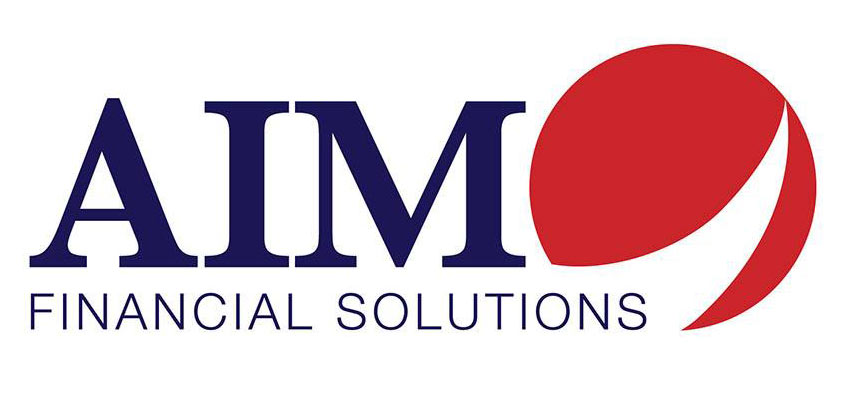
02 Sep Navigating the Aftermath: Steps for Companies If an Invoice Finance Lender Withdraws Their Facility
If an Invoice Finance Lender Withdraws their facility or more often termination notice of an invoice finance facility can throw a business into turmoil. This scenario often follows a serious breach of the agreement terms, leaving the company scrambling to manage cash flow and operational stability. While the situation is undoubtedly challenging, there are strategic steps a business can take to mitigate the impact and steer towards recovery. Here’s a guide to help companies navigate this turbulent period effectively.
Invoice Factoring is an essential cash flow management tool for many businesses & when correctly structured and for the right business I am a massive advocate but….. it’s use comes with operating instructions which if aren’t followed can lead to issues.
1. Understand the Breach and Assess the Situation
An old boss of mine used to advocate that people’s strengths can become weaknesses if overplayed – this is also true for invoice factoring. Invoice factoring is often referred to as a trust based facility – there is a reliance on users to operate it in the right way (nb Some newer forms of this funding type have much tighter control so is less reliant). There are a number of ways that the facility can be mismanaged or even abused but when this is picked up by a lender – which inevitably it will, things can quickly go sour.
2. Understand the implication and timescale of the action the lender is taking
What official notice have you been issued and what does this mean for the facility. You may have been issued a breach letter (an official warning) in which case the position may not be terminal (depending on history). The lender may choose to restrict funding or reduce prepayment % or availability and in some instances the lender may choose to put facility on stop i.e. further drawdowns are not allowed.
Particularly where the facility is restricted or stopped, it is important to Assess your immediate cash flow needs and create a priority list of payments. Determine which expenses are critical to keep the business operational, such as payroll, essential suppliers, and utility costs. This will help in managing limited resources effectively.
If an invoice finance lender withdraws it’s facility it is a setback, but other financing options may be available:
Re evaluate funding structure – Invoice Factoring may well be the right solution but before going back into another facility make sure it is the right fit for your business.
Asset-Based Lending: If your company has valuable assets, asset-based lending can be another source of funding.
Revolving facility, Supplier finance, Stock funding – Could another funding type be more appropriate.
5. Address the underlying issue
If lack of cash or profit has resulted in the breach* it is important to understand and address why this happened.
*Was the facility was manipulated to generate additional cash availability – perhaps raised an invoice before it was due or a debtor paid you directly and the cash was used.
Take this opportunity to review and strengthen your internal financial controls. Implement stricter credit management practices, enhance your invoicing processes, and improve your financial reporting. This will not only help in regaining lender confidence but also in stabilizing your business operations.
7. Restructure and Cost-Cutting
Evaluate your business operations to identify areas where you can reduce costs without compromising critical functions. This might involve streamlining processes, renegotiating contracts, or temporarily scaling back certain activities.
Create a comprehensive recovery plan outlining how you intend to stabilize and grow the business post-crisis. This plan should include detailed financial projections, cost-saving measures, and strategies for regaining lender and stakeholder confidence.
9. Learn and Adapt
Finally, view this crisis as a learning opportunity. Analyse the factors that led to the breach and implement long-term changes to avoid similar issues in the future. Building a more resilient business model will not only help you recover but also prepare you for future challenges.
Conclusion
While the withdrawal of an invoice finance facility following a serious breach can be daunting, it is not insurmountable. By taking decisive and strategic actions, businesses can navigate through the crisis, stabilize their operations, and emerge stronger. The key is to stay informed, seek professional advice, communicate effectively, and remain adaptable in the face of adversity.
At Aim Financial Solutions, we are highly experienced in supporting businesses through challenges exactly like this. Very often lenders, accountants and Insolvency practitioners turn to us to support their clients. We will support you to find the best way forward and will help to manage the outgoing lender and the incoming lender to minimise the disruption to your business.
If you need support in reviewing your funding options, get in touch with us today.

